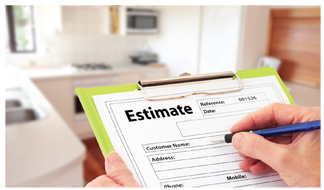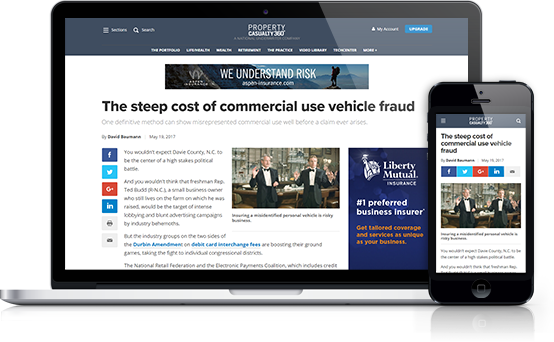 (This article is written by Jake P. Skaggs, a member in the subrogation and recovery department of Cozen O'Connor.)
(This article is written by Jake P. Skaggs, a member in the subrogation and recovery department of Cozen O'Connor.)
In a subrogation case, what type of evidence is required to prove real property damages at trial? Many times, the only evidence of damages that is readily available is the property adjuster's Xactimate estimate and testimony. As of late, this type of evidence is no longer sufficient. In McGinty v. Hennen, for instance, the Texas Supreme Court held that the plaintiff must provide specific evidence that the cost to repair the damaged property was reasonable and necessary.
The CaseIn Texas, the plaintiff can recover the reasonable and necessary costs to repair damaged real property, as long as there is not economic waste—meaning the cost to rebuild the property does not exceed the value of the property. The plaintiff in McGinty alleged his house had developed mold because of water leaks from several construction defects. The plaintiff then sued the builder for breach of the construction contract. He claimed that his damages were in excess of $600,000 for mold remediation and the repair work.
Recommended For You
Want to continue reading?
Become a Free PropertyCasualty360 Digital Reader
Your access to unlimited PropertyCasualty360 content isn’t changing.
Once you are an ALM digital member, you’ll receive:
- Breaking insurance news and analysis, on-site and via our newsletters and custom alerts
- Weekly Insurance Speak podcast featuring exclusive interviews with industry leaders
- Educational webcasts, white papers, and ebooks from industry thought leaders
- Critical converage of the employee benefits and financial advisory markets on our other ALM sites, BenefitsPRO and ThinkAdvisor
Already have an account? Sign In Now
© Touchpoint Markets, All Rights Reserved. Request academic re-use from www.copyright.com. All other uses, submit a request to [email protected]. For more inforrmation visit Asset & Logo Licensing.







